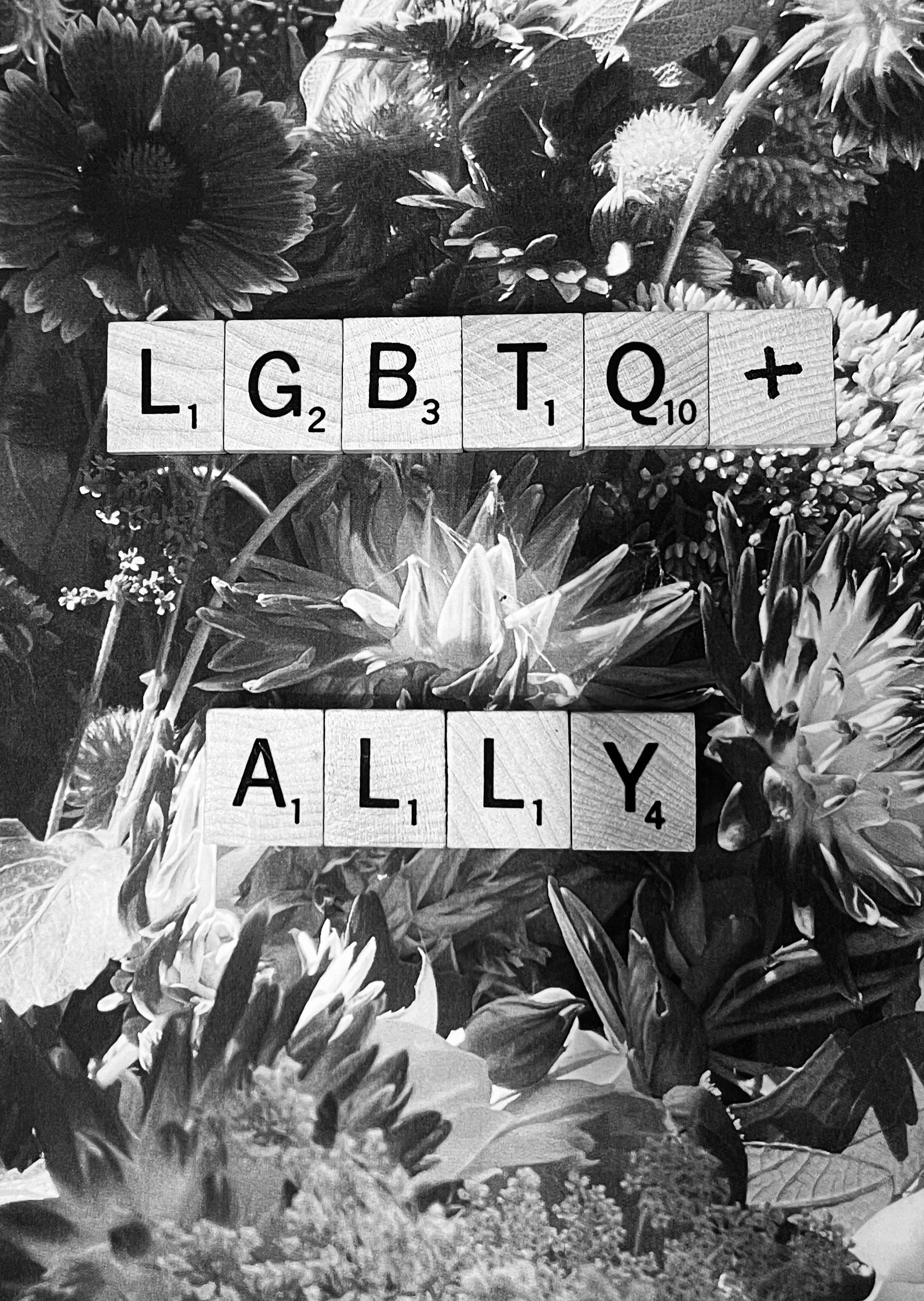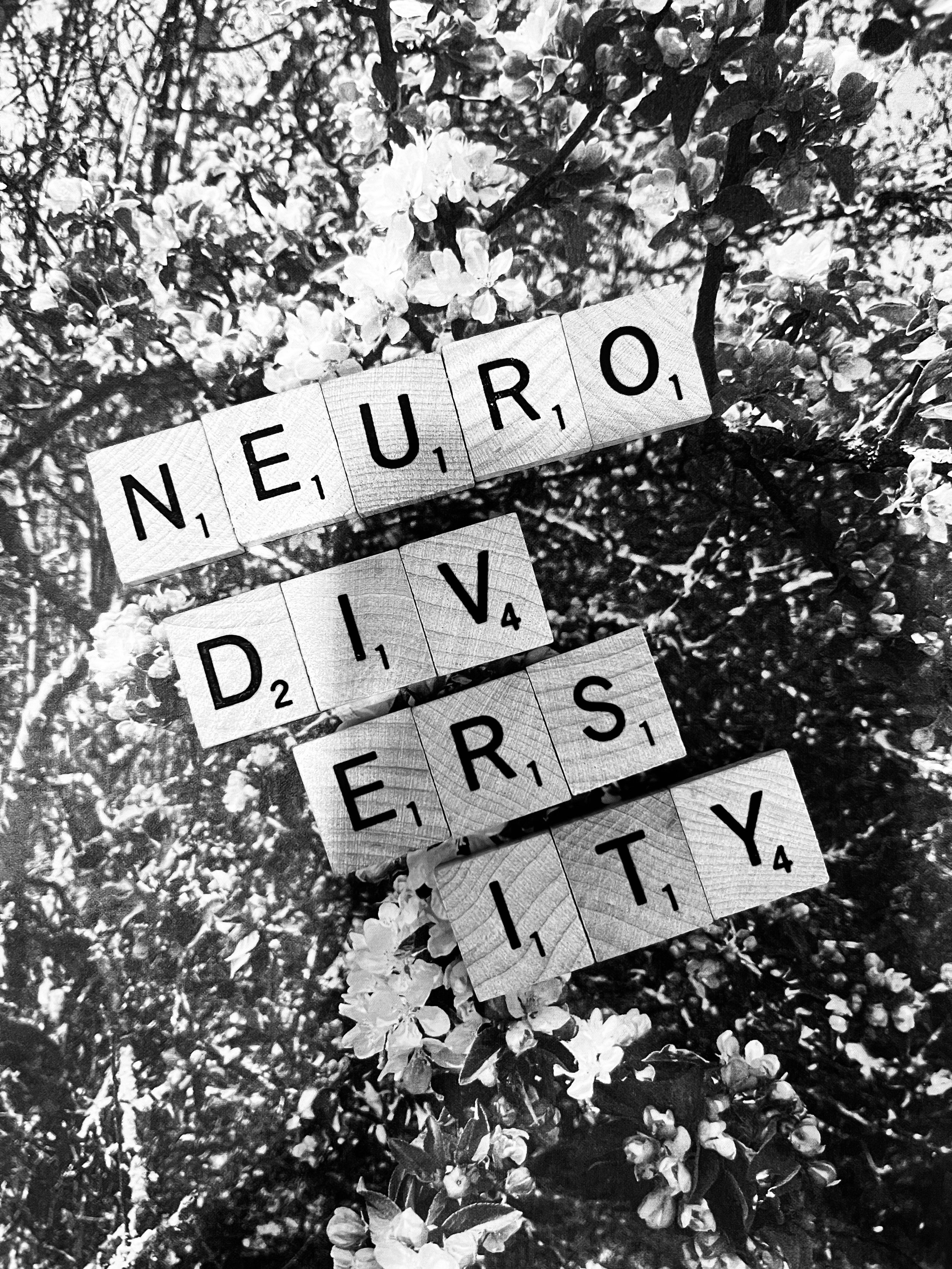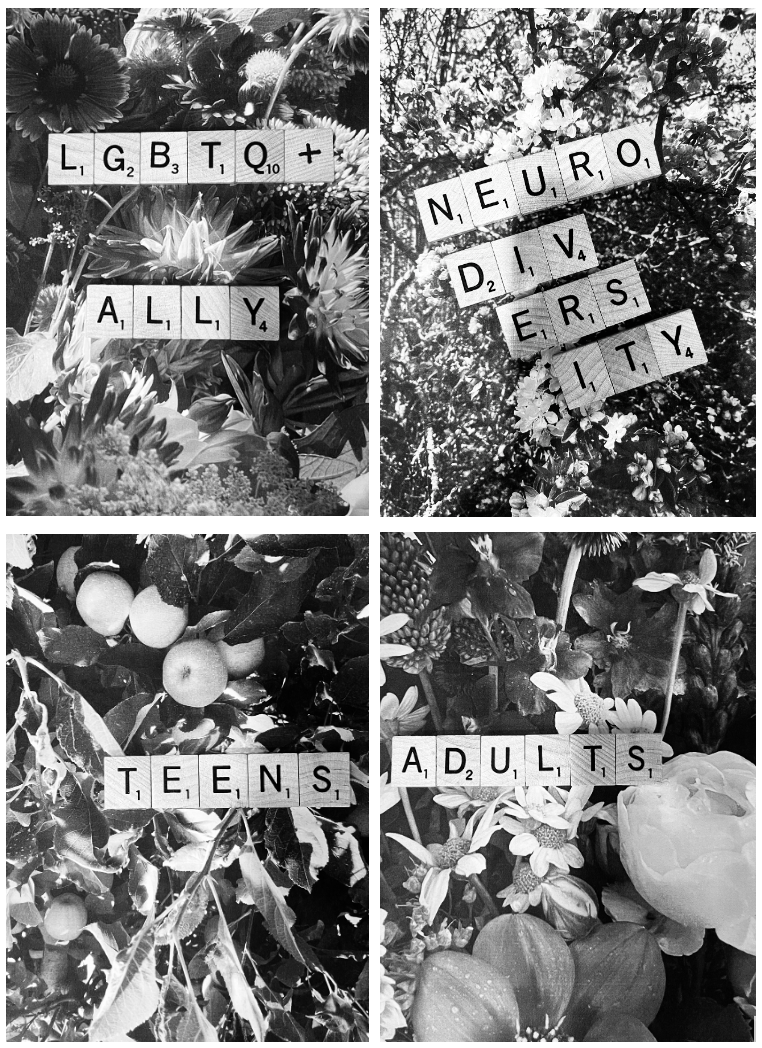Finding the right therapist matters.
It’s important that you feel safe, understood, and supported. If I turn out not to be the right fit for you, or if I don’t have expertise in the area you need, I’m happy to guide you towards a therpist who is a better fit.
When choosing a therapist it can be helpful to consider the populations they work with regularly. While many therapists may list a broad range of groups or modalities they are familiar with, it’s important to know what they actually have experience in. To help you understand what to expect if you come to me for counselling, I’ve outlined the populations I work with below and you can learn about the approaches I use on the Therapeutic Approaches page. I believe in being clear about where I can be most effective, so you can make an informed choice about what’s best for you.
A Little About Me
I understand that knowing what’s good for us and actually doing it are two very different things—it can be simple, but not always easy. Over the past year, I’ve been exploring meditation, which has helped me find a greater sense of calm and balance in my own life. I’m excited to integrate it more into my work—watch this space! I am from the UK originally but have lived in Kelowna for 13 years. Outside of work, I enjoy walking with my dog, reading (both fiction, and to expand my professional knowledge), finding people or shows that make me laugh, and spending time with my family.
Language, Identity, and Inclusivity
I aim to use language that respects each person’s preferences—whether that’s in relation to neurodiversity, gender identity, sexual orientation, or racial or cultural identity. For example, some people prefer “autistic,” others “person with autism”; some prefer “Indigenous,” others “First Nations,” or something else altogether. I’ll always follow your lead.
While I’m not part of the LGBTQ+ community or any Indigenous nation, I’ve had the privilege of working with many clients who are. I recognise my position as a settler and the cultural and historical privilege that comes with that. If it feels more comfortable to work with someone from your own community, I fully support that and can help you find a good match, here in Kelowna, or elsewhere.
Can we work together?
When Choosing a Therapist:
Look for a designation such as RSW (Registered Social Worker), RCC (Registered Clinical Counsellor) or Registered Psychologist—many insurance plans cover these, though not all do.
Read a bit about how they work, and trust your sense of how they make you feel.
Research shows that the two biggest factors in effective therapy are:
A strong, trusting relationship between therapist and client.
The client actively engaging with therapy between sessions.
Therapy doesn’t need to create instant change—but by around 10 counselling sessions, many people begin to notice some shift in their thinking or behaviour, even if small. That might mark the start of a longer journey, or be enough to move things forward.
Good therapy includes space for reflection and movement toward meaningful goals. These might include:
Understanding emotions more clearly
Changing patterns that aren’t working
Building self-worth
Processing past experiences
Working toward a more fulfilling life
Sometimes, just talking is helpful—especially early on or during maintenance phases. But over time, therapy should support deeper understanding and movement toward change. That’s something we’ll figure out together.
-

Everyone is welcome
A safe, affirming space for people of all identities and orientations. You are accepted exactly as you are, and supported in exploring whatever you bring to counselling—whether that’s related to identity, relationships, mental health, or just needing to be heard.
I’ve worked with people across the LGBTQ+ community in Kelowna and elsewhere in BC, and over time, many of my clients have been trans and non-binary. I didn’t seek out this focus—it grew organically, and I feel fortunate that it did—for the trust that’s been placed in me, and for all I’ve learned along the way. These relationships have expanded my understanding and continue to shape how I show up in my work. I approach each person with care, openness, and a commitment to meeting them where they are.
I’m encouraged by the continued evolution of conversations around gender. Though continued advocacy and addressing of inequities is needed, the development of language is opening up space for deeper reflection on identity. Having studied and taught English Literature I’ve seen firsthand how language shapes the way we think, and I see this dialogue around gender as an opportunity to rethink and express identity in more expansive, nuanced ways.
-

Working with your uniqueness
Therapy is shaped around how your mind works, not the other way around. Whether you live with ADHD, autism, or experience the world in ways that feel different, this is a space where your perspective is understood and your strengths are valued.
My work with neurodiverse clients began in Kelowna in 2015, facilitating social groups for children and teens on the autism spectrum. This built on my earlier career as a secondary school teacher in the UK, and reflected a long-standing interest in human connection—and in the many different ways people experience and make sense of the world. Since then, I’ve had the privilege of building lasting relationships within the autistic community in Kelowna, and this experience continues to inform my practice today. I also work with teens and adults with ADHD, and my understanding of ADHD has grown over the years through both professional experience and personal connection. I value the expanding conversations around neurodiversity and the increasing openness to different ways of being. In therapy, I see it as a mutual process: I bring knowledge, care, and flexibility—but clients also shape the work, and I continue to learn from each person I meet.
-

Be heard and understood
Whether it's managing anxiety, low mood, school stress, family tension, identity questions, or simply needing someone to talk to, this is a space where voices are heard and respected.
In my counseling practice, I’ve worked with many teens and young adults navigating a range of challenges—from anxiety, depression, and trauma to OCD, neurodiversity, and the complexities of developing identity in today’s world. These years can feel overwhelming, with the pressures of school, relationships, and personal growth often stacking up quickly. My approach is tailored to each individual, finding the right balance between a strong therapeutic relationship, a safe space for reflection, and relevant evidence-based modalities. This might include CBT, ERP, or ACT—approaches that can help build practical tools, clarify values, and support long-term resilience. I also work with parents to consider how they can best support their teen, sometimes collaborating with schools, psychologists or other healthcare providers for a more coordinated approach to care.
Additionally, I run a social group for neurodiverse teens looking to make connections and build a supportive community in Kelowna.
-

Towards the life you want
Life brings challenges: relationships, break-ups, anxiety, depression, trauma, phobias, tough decisions, or questions about work and purpose. Therapy can help you find clarity, healing, and a direction that feels right for you.
In my counselling work with adults, I’ve supported people through a wide range of life experiences—from long-standing mental health concerns to sudden changes or periods of feeling stuck. Sometimes the goal is to heal from the past; sometimes it’s to find clarity in the present or build toward a future that feels more aligned. I approach each person as an individual, drawing on a range of therapeutic models to support meaningful change and deeper self-understanding. I’m particularly interested in helping people explore what brings them a sense of purpose, connection, and direction—whether that means shifting old patterns, developing new skills, or simply making more space for what matters. Therapy doesn’t offer all the answers, but it can offer the space and support to start asking the right questions.
